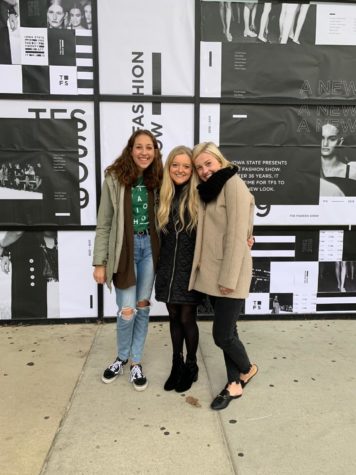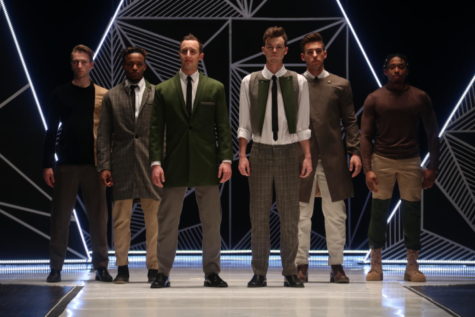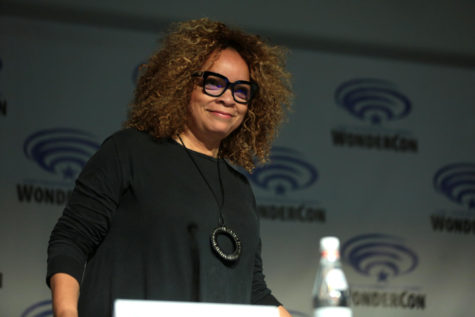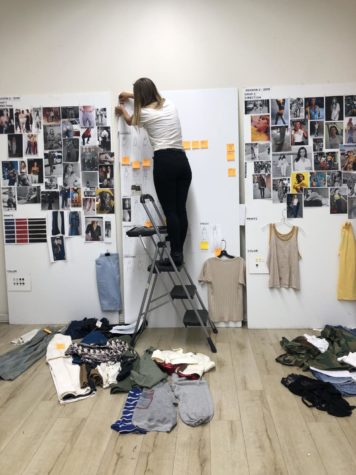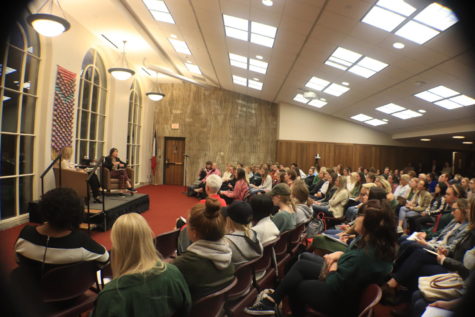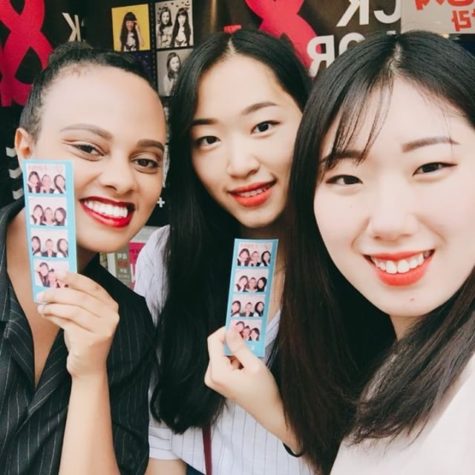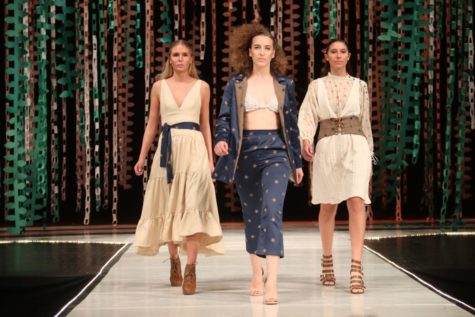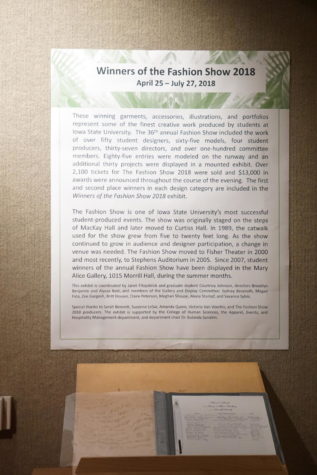Body image and media representation
March 27, 2016
Last year, Women’s Running magazine told the Huffington Post they believed they were “the only running magazine or women’s fitness magazine … to feature a woman with curves on the cover” when they chose Erica Schenk for their August issue. For their April 2016 issue, they chose a Lebanese-American plus-size model, Nadia Aboulhosn, to grace the cover. And in March, IMG Models signed Zach Miko, the first plus-size male model at a major agency.
All this news still comes in a world where all people can experience body issues stemming from a variety of intersecting identities. While Women’s Running and IMG Models appear to be doing what they feel will help begin to diversify their respective industries, the objectively “ideal” body types to which people aspire today remain thin (but not too thin) or muscular (but not too muscular, especially if you are a woman).
In 2014, Glamour magazine conducted a survey asking women how they felt about their bodies and found that 54 percent of women are unhappy with how they look, compared to 41% in their 1984 study. A 2016 study published in the journal Psychology of Men and Masculinity found that one-fifth of straight men and 25 percent of gay men reported a similar unhappiness with their bodies.
The idea of a “perfect body” can be reinforced in a person’s mind in many ways, including through the television they watch, how they behave on social media and even in the foods they eat.
Television
A recent Bowling Green State University study concluded that among thin people or people with low body mass indexes, an association exists between believing negative stereotypes about obese people and appreciating weight-related humor.
Previous studies have also shown that TV shows like “The Biggest Loser” help viewers affirm stereotypes that overweight people are unlikable and that losing weight is easy.
Among overweight participants in the Bowling Green State University study, they reported their dislike of weight-related humor stemmed from having previously-reinforced negative feelings about their own weight.
Social Media
While the research about the representation of different body types on television has been popular for a longer time, research about body image and social media is still relatively new.
In a 2016 literature review conducted at Flinders University in Australia, researchers found that the more Facebook friends a person has, the more pressure they feel to have an “ideal” body type. That way, photos they post of themselves will attract more positive attention.
Researchers also learned that the more time a person spends on social media, the likelier it is that they are dissatisfied with their bodies. Even further, greater Internet use was correlated with the belief that thin bodies are ideal, perhaps because most Internet advertisements feature young, thin women.
Food
We’ve all heard it: eat more of this food and stop eating that food if you want to be “healthy.” But according to Cynthia Bulik, founding director at the University of North Carolina Center of Excellence for Eating Disorders, the idea of “good” foods versus “bad” foods can make even young children anxious about what they eat. According to Bulik, a similar kind of food-related anxiety is seen in many people with eating disorders.
Today, the sheer number of weight loss diets and “cleanses” – many of which are contradictory, according to a study published in the Journal of Health Communication – appear to represent a society in which eating the “right” foods and looking the “right” way seems to be an impossible task.
Much of the research on the topic of body image shows that people across all the intersections of race, gender identity, size, ability and more can see themselves in an unfavorable manner. But as mainstream representation of different bodies increases, perhaps the opinions that contribute to adverse feelings about these people – including those driven by a negative self-image – will begin to decline.







